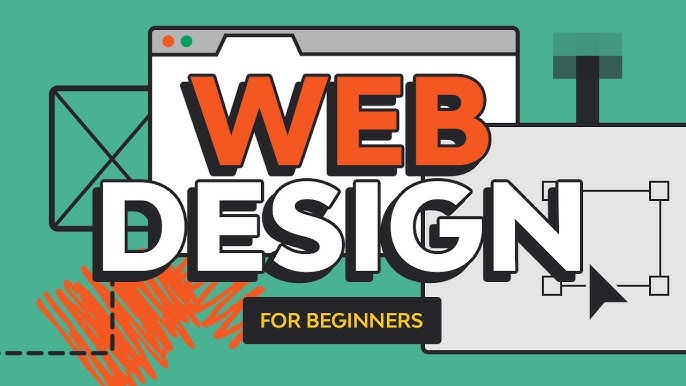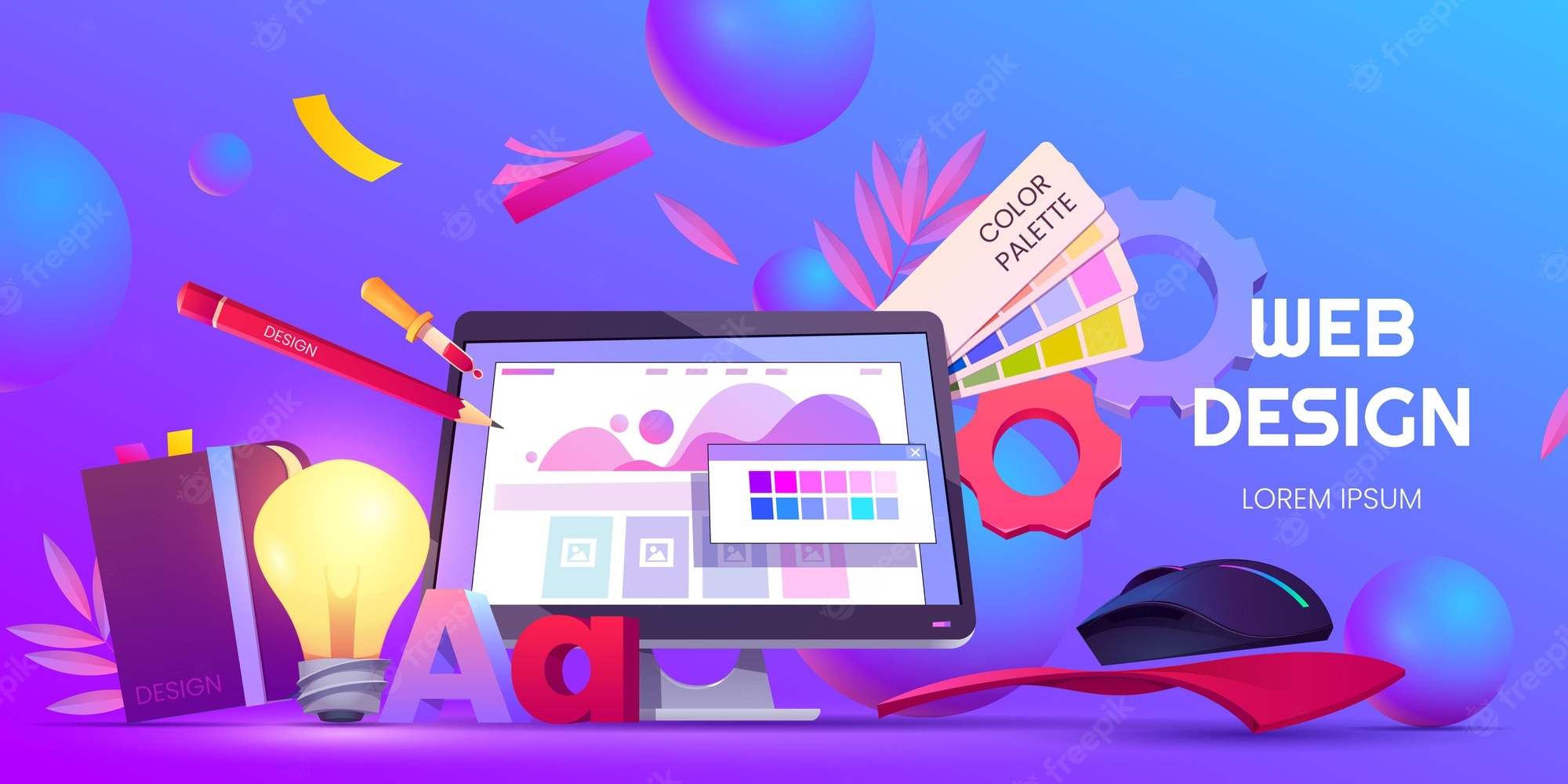Innovative Aligned Position Web Design: Future-Proof Websites for Businesses in Every Niche
Innovative Aligned Position Web Design: Future-Proof Websites for Businesses in Every Niche
Blog Article
The Very Best Types of Web Style to Enhance Customer Experience and Engagement
In the ever-evolving landscape of electronic interaction, the efficiency of Web style substantially influences customer experience and interaction. Different style techniques, such as minimal, responsive, and interactive formats, each deal unique advantages that can provide to varied customer needs.
Minimal Website Design
As digital landscapes end up being significantly cluttered, minimalist Web design has become an effective technique to enhancing user experience. This design ideology prioritizes simplicity, concentrating on important elements while eliminating unneeded interruptions. By using sufficient white space, straightforward navigating, and a restricted shade palette, minimalist style fosters clarity and directs user focus to crucial content.
The core principle of minimalist website design is to produce a seamless communication for individuals. By reducing cognitive load, customers can quickly grasp details without feeling overwhelmed. This direct strategy not only boosts functionality but also encourages involvement, as visitors are most likely to explore a website that is aesthetically appealing and very easy to navigate.
Additionally, minimal design often highlights typography and imagery, making use of these components tactically to share messages efficiently. This concentrate on important parts can improve brand identification and develop an unforgettable customer experience. Essentially, minimalist website design is not just a fad; it is a thoughtful technique that recognizes the relevance of user-centered design. By removing away additional aspects, developers can create a much more interesting, efficient, and satisfying Web experience for all customers.
Receptive Web Layout
In today's varied electronic environment, responsive website design has ended up being vital for producing a smooth customer experience across a wide variety of tools. As customers accessibility internet sites on smart devices, tablets, desktops, and laptops, the capacity of an internet site to adjust its layout and web content to various display dimensions and resolutions is vital.
Receptive website design uses adaptable grids, photos, and CSS media inquiries to guarantee that Web material exists optimally, despite the tool made use of. This method not just boosts the visual appeal of a website however additionally dramatically boosts functionality. Individuals are more probable to engage with a site that provides a regular experience, as it removes the stress of having to zoom in or scroll excessively.
By embracing responsive design, organizations can enhance their presence and reach a wider target market. In summary, responsive Web layout is a fundamental method that boosts user experience, engagement, and general satisfaction.
Interactive Web Style
Receptive website design prepares for enhancing individual experience, however interactive Web design takes this an action even more by engaging customers in an extra dynamic way - Aligned Position Web Design. By incorporating components such as computer animations, clickable prototypes, and real-time feedback, interactive website design astounds individuals, attracting them right into a richer surfing experience
This approach not only promotes involvement however also motivates individuals to check out material actively as opposed to passively eating it. Methods such as gamification, where customers gain incentives for finishing tasks, can significantly improve the moment invested on a website and improve total satisfaction. In addition, interactive functions can simplify complex info, making it extra digestible and delightful.

Including interactive style components can also lead to greater conversion prices, as users are extra likely to involve with a website that actively entails them. Aligned Position Web Design. Ultimately, interactive website design transforms individual experiences into remarkable journeys, making sure that site visitors return time after time
Apartment Design
Characterized by its minimalistic method, flat style highlights simplicity and functionality, removing unnecessary elements and Check Out Your URL focusing on vital features. This layout viewpoint prioritizes usability, making certain that customers can browse user interfaces with ease and effectiveness. By employing a tidy visual, level style gets rid of the clutter commonly discovered in a lot more elaborate designs, therefore improving individual focus on content and functionality.
The hallmark of level layout exists in its usage of vibrant shades, basic typography, and geometric shapes. These elements contribute to an aesthetically enticing interface that is both modern and friendly. In addition, flat layout cultivates a feeling of clearness, permitting individuals to determine important actions and details without interruption.
Additionally, level style is particularly effective in responsive website design, as its simplicity converts well across different tools and display dimensions. The lack of intricate appearances and slopes minimizes filling times, which is crucial for preserving user involvement. As digital landscapes remain to develop, level design continues to be an appropriate selection for producing user-friendly web sites that improve overall experience. By concentrating on important attributes, flat layout not only satisfies individual demands however additionally encourages smooth communication, making it an important part of efficient Web style techniques.
Adaptive Web Design
Flexible Web design tailors the user experience by producing several repaired layouts customized to various screen dimensions and tools. Unlike receptive layout, which fluidly adjusts a solitary design, adaptive layout uses unique layouts for certain breakpoints, guaranteeing optimal presentation on numerous platforms. This method enables designers to focus on the unique characteristics of each device, enhancing functionality by providing exactly what individuals require based upon their context.
Among the main benefits of flexible Web style is its ability to optimize lots times and performance. By serving tailored web content and images that fit the customer's tool, websites can lessen data use and improve loading rates. This is particularly useful for customers with slower connections or minimal data strategies.

Additionally, adaptive layout promotes an extra regulated and consistent branding experience. Considering that designers create multiple designs, they can guarantee that the visual components align with the brand's identity throughout various platforms - Aligned Position Web Design. This leads to a cohesive user experience, improving interaction and promoting customer retention
Verdict
In final thought, the assimilation of minimalist, responsive, and interactive Web style concepts substantially improves user experience and engagement. Minimal design cultivates quality and focus, while receptive design makes certain versatility throughout various devices, promoting accessibility. Interactive layout captivates individuals through dynamic elements, motivating expedition and personalization. Jointly, these design approaches add to the development of user-friendly environments that not just boost fulfillment however additionally drive greater conversion rates, highlighting their important significance in modern website design methods.

Minimalist design cultivates clarity and emphasis, while responsive layout guarantees adaptability throughout numerous tools, promoting ease of access. Collectively, these design comes close to add to the production of user-friendly environments that not only boost complete satisfaction but additionally drive higher conversion rates, emphasizing their critical significance in contemporary Web design approaches.
Report this page